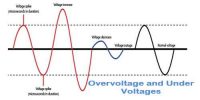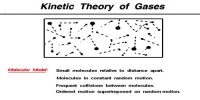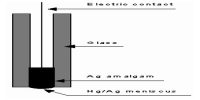Molecular Structure in Electro-Chemistry two factors are important in determining the relative add strengths. One factor is the polarity of the bond to which the hydrogen atom is attached. The H atom will have a partial positive charge.
∂+ ∂-
H – X
The more polarised the bond, the more easily the proton is removed and the greater the acid strength.
The second factor is the strength of the bond i.e. how tightly the proton is held. This depends on the size of atom X. The larger the atom X, the weaker the bond and the greater the acid strength.
Going down a group in the Periodic Table, the atomic radius increases markedly and the H-X bond strength decreases. One can predict the following order of acidic strength of acids made up of elements from Group 17 as follows:
HF < HCI < HBr < HI
Going across a period in the Periodic Table of elements, the polarity of the H-X bond becomes the dominant factor. As electronegativity increases from the right to the left of the Periodic Table, the polarity of the H-X bond increases and the acid strength increases. One can predict the following order of acidic strength as follows:
NH3 < H2O < HF
Additionally, a polyprotic acid (e.g. H2 SO4) is an acid which can donate more than one proton. Each successive H+ ion becomes more difficult to be removed from the negative anion. Therefore, the acid strength of a polyprotic acid and its anions decreases with increasing negative charge as follows:
HPO4+ < H2 PO4– < H3 PO4













